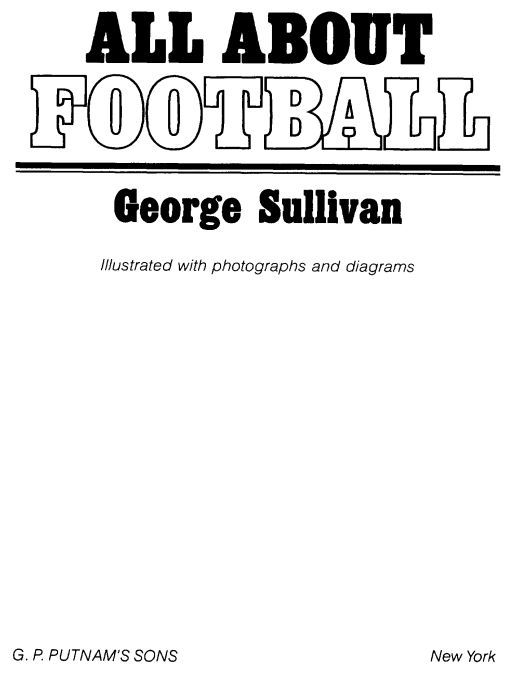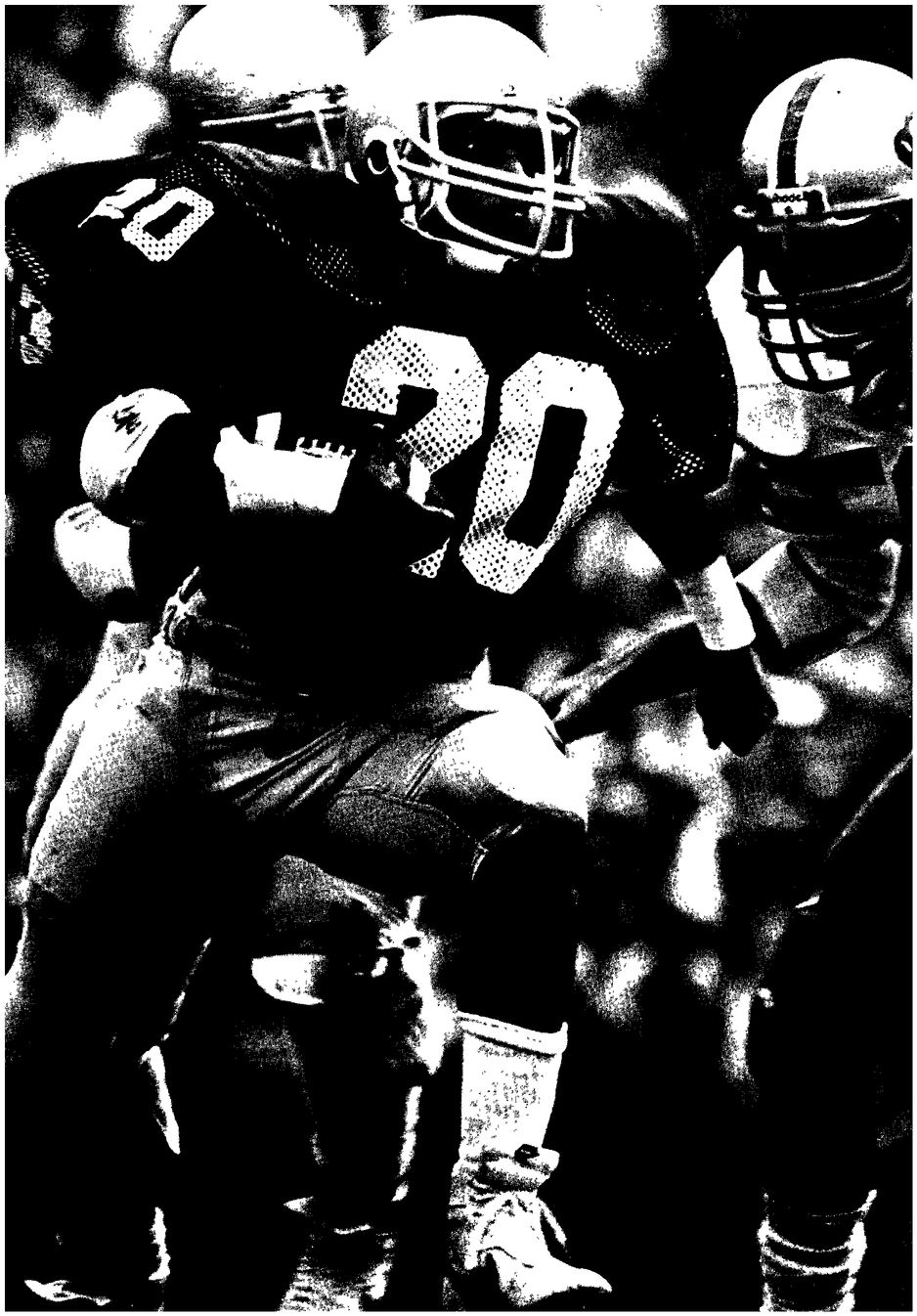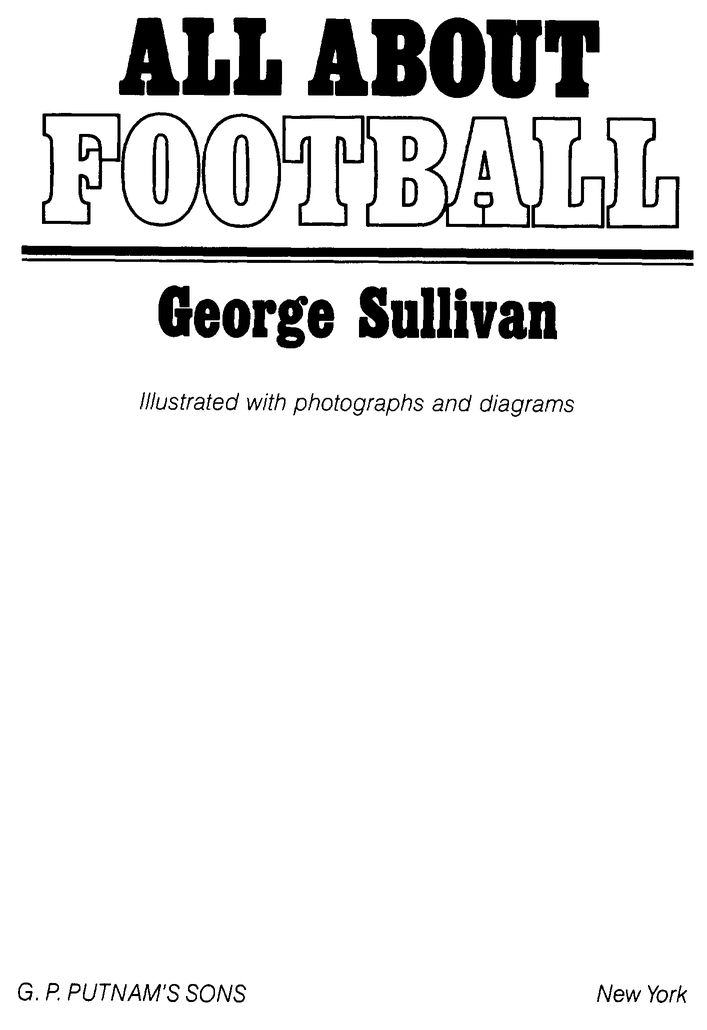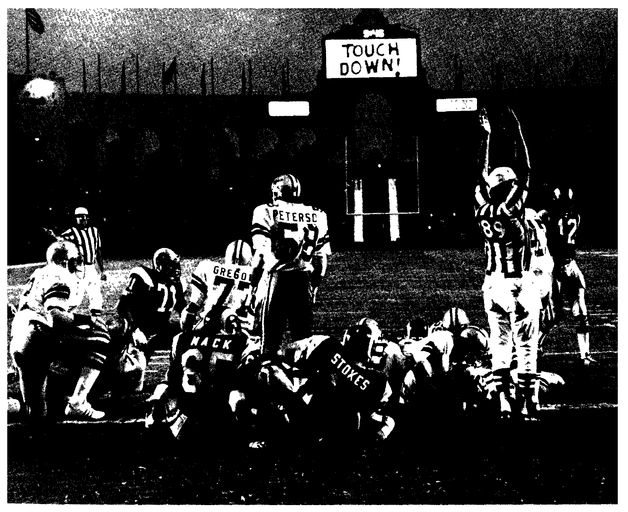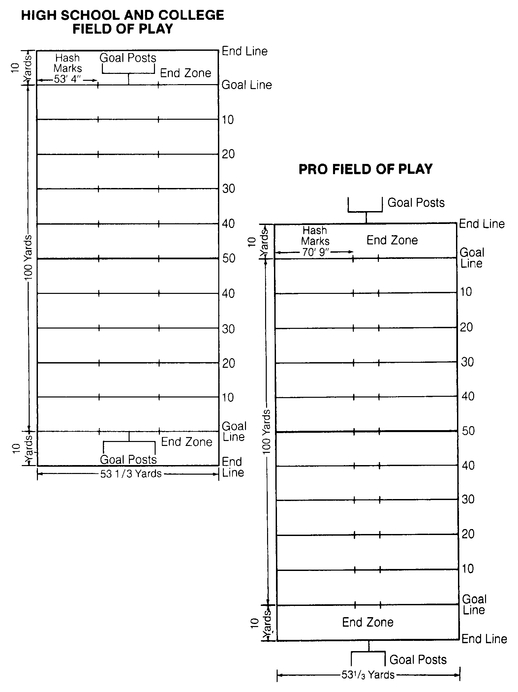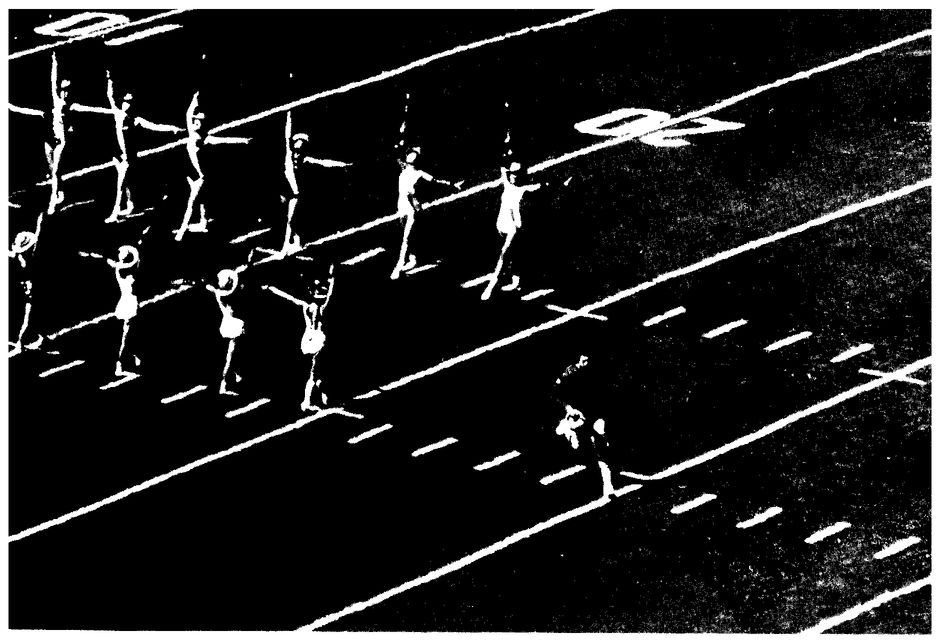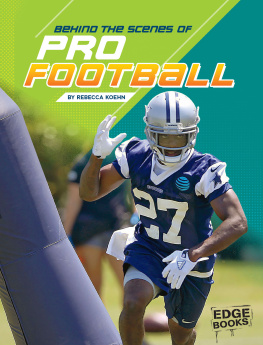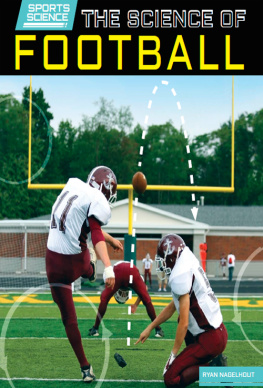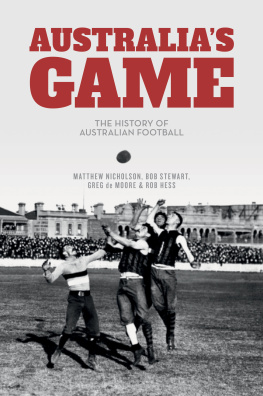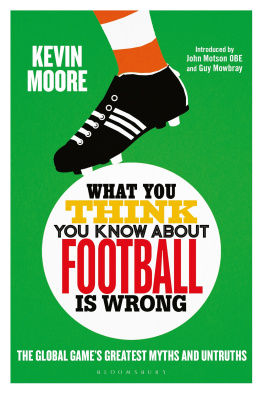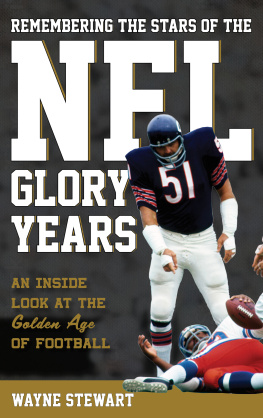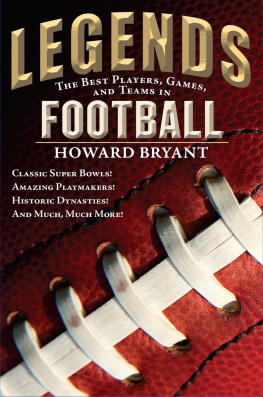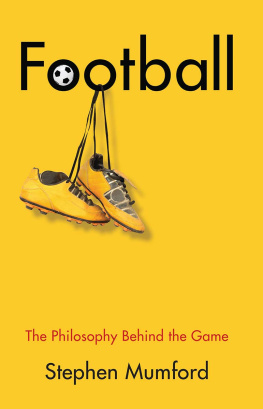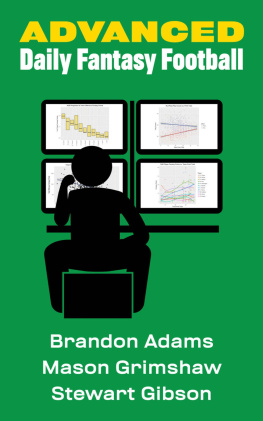Table of Contents
ABOUT THE BOOK
One of the most popular of all American sports, football is played by elementary school, high school, college, and professional teams. Millions of people crowd football stadiums or watch games on television.
Here is a book for young readers who want to know all about the gamehow it is played, the various playing positions, basic offensive and defensive strategy. There is a bit of football history, a close-up look at the field and equipment, and an explanation of competition at the different levels, with various conferences, leagues, and ruling bodies defined.
All-time favorite players (as determined by a New York Times/CBS poll), including Joe Namath, O.J. Simpson, Roger Staubach and Jim Brown, are profiled. Statistics list all-time records. A glossary of football terms is included.
GEORGE SULLIVANis a free-lance writer known for his sports books. He is the author of over 100 non-fiction titles.
Mr. Sullivan writes for both adults and young readers and, in response to requests from librarians, he prepared All About Football, a volume on football basics and highlights at the fourth grade reading level. Now he offers the game of baseball in a similar presentation.
George Sullivan was born in Lowell, Massachusetts, and was graduated from Fordham University. He lives in New York city.
The author is grateful to the many people who contributed information and photographs for use in this book. Special thanks are due: Don Smith, Pro Football Hall of Fame; Ed Croke, Director of Media Services, New York Giants; Jim Greenidge, Director of Publicity, New England Patriots; Mike Gigante, National Football League, Francesca Kurti, TLC Custom Labs; John Devaney and Aime LaMontagne.
INTRODUCTION
Football, a rough sport that grew out of two kicking games, soccer and rugby, is an American favorite.
The game is played in elementary schools and high schools. It is played by colleges and the professional teams of the National Football League, the NFL.
While it is popular as a sport to play, it is even more popular as a sport to watch. Football is, in fact, the most-watched of all American sports. Millions of fans crowd stadiums to watch their favorite teams. Many millions of others follow the sport on television.
Football and television grew up together during the 1950s. The two go together like cool drinks on a hot day. Popular football teams, such as the Dallas Cowboys or Miami Dolphins, are popular in the same way The Cosby Show is popular. Year in and year out, the Super Bowl, the game that decides the pro football championship, is one of the highest rated of all TV shows. Around 100 million people watch it.
Why is football so popular on television?
Its partly because football is not an easy sport to watch. Television helps us to understand whats happening on the field.
Watching at a stadium, you can get confused. On a given signal, twenty-two players, almost all of them motionless, suddenly spring into action. Its hard to know whats going on.
Many plays seem to end in meaningless pileups. The groups of players streaming on and off the field add to the confusion.
But television, with its split-screen images and instant replay, helps you to understand each play. And there are commentators to explain things.
This book will also help. It examines footballs most important rules. It surveys the games strategy and tactics. Theres a close-up look at some of the games best-liked players. Theres some football history.
Youll get a lot more out of watching football after reading this book. Youll be able to look at the game with an experts eye.
SOME BASICS
Football is played by two teams of eleven players each. The idea of the game is for one team to move the football across the oppositions goal line at one end of the field. This results in a touchdown. A touchdown is worth six points.
If the team is unable to cross the opponents goal line and score a touchdown, the team at least tries to move the ball close enough to the opposition goalposts to kick the ball over the crossbar and between the two uprights. This is a field goal. It is worth three points.
These and some of the games other fundamentals are explained in this chapter.
The Field
Footballs playing field is a rectangle. It is 120 yards long and 53 yards wide. The fields surface may be natural grass or a green synthetic surface, such as AstroTurf.
Touchdown signals the official, and the scoreboard agrees.
Near each end of the field is a goal line. The distance between the two lines is 100 yards. Extending beyond each goal line is an end zone that is 10 yards deep.
The goalposts, through which the ball can be kicked, are on the goal line in high school and college football. They are on the end line, that is, at the end of the 10-yard end zone, in professional football.
The two goalpost uprights, are connected by a crossbar. The crossbar is 10 feet above the ground.
In professional football, the uprights are 18 feet apart. High school and college kickers have a larger (and closer) target. The uprights for them are 23 feet, 4 inches apart.
The field is marked with white lines every five yards. A sideline borders each long side of the field. Any player who touches or crosses a sideline is ruled out of bounds.
Midfield is the 50-yard line. From there, the yard lines are described in terms of the defending team. For instance, Denvers 28-yard line is 28 yards up the field from the goal that Denver is defending. Denver is also 72 yards from the oppositions goal line. (While the yard lines are five yards apart, the in-between lines are marked by short lines at the sidelines or at the middle of the field, or both.)
Two other sets of lines are important. These are the hash marks.
The two sets of hash marks extend from goal line to goal line near the center of the field. A play begins with the ball on the hash marks. Suppose on that play the ballcarrier goes out of bounds. An official then takes the ball and places it on the nearest hash mark for the next play. This also happens whenever a play ends in the area between the hash marks and the sideline.
Hash marks and yard lines help out performers in lining up for a half-time show.
In professional football, the hash marks are 70 feet, 9 inches from each sideline. In high school and college play, theyre 53 feet, 4 inches from each sideline.

